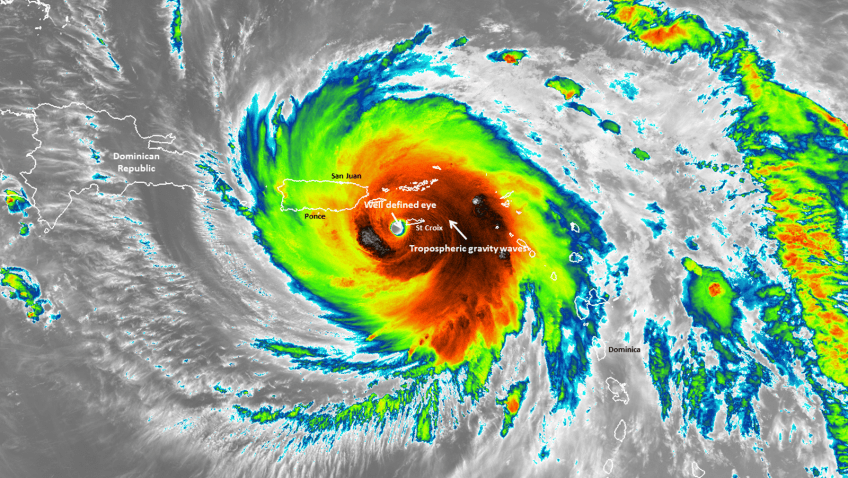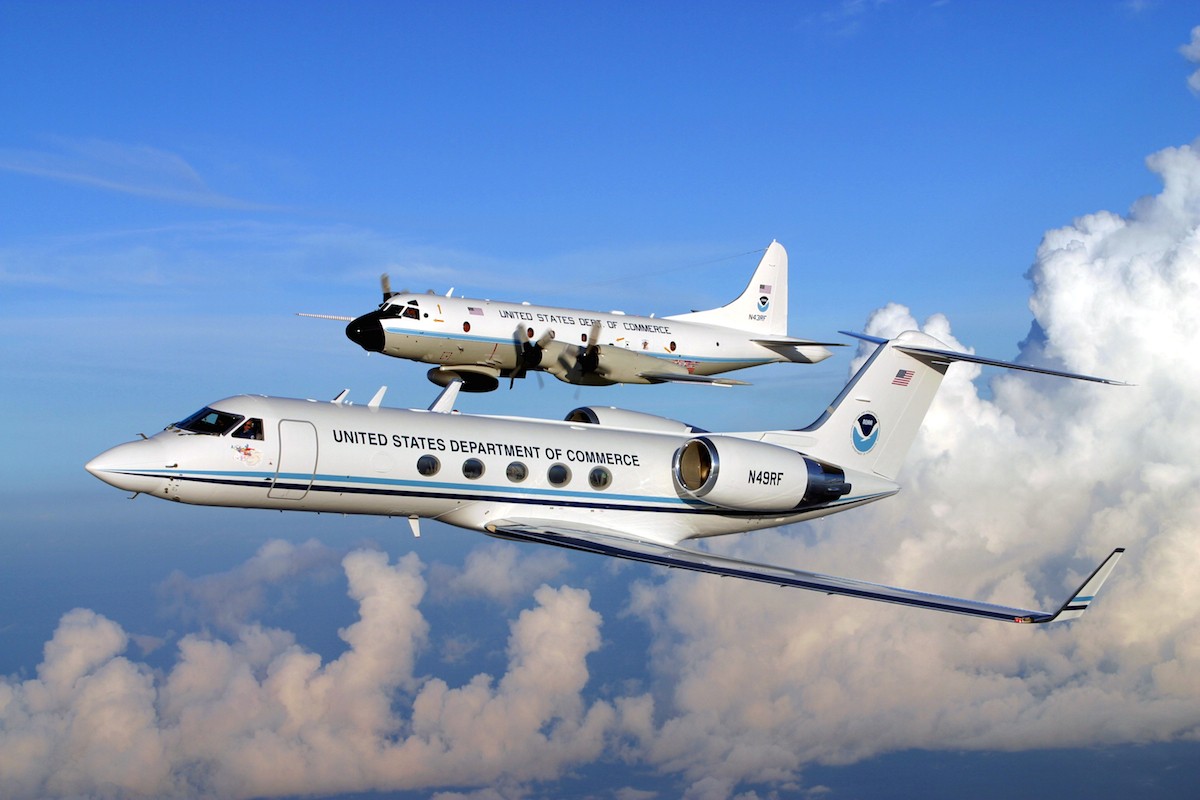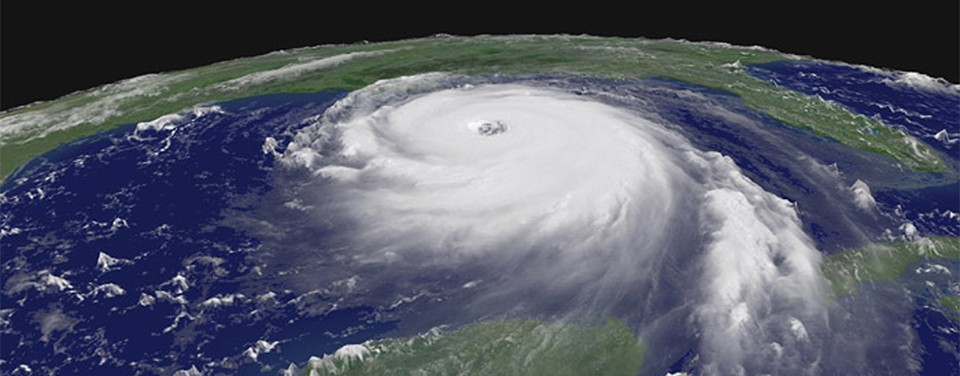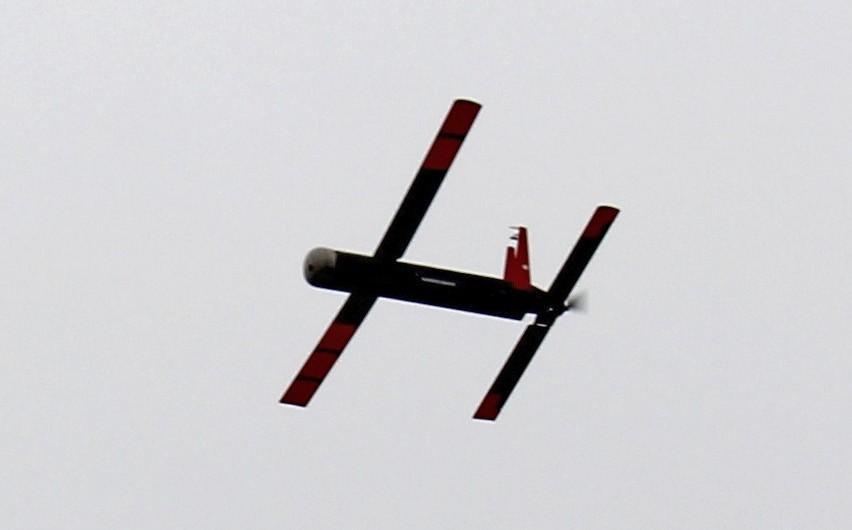Coyote Small Uncrewed Aircraft System Data Improved Hurricane Maria Forecasts
Observations obtained by the Coyote small Uncrewed Aircraft System led to a significant improvement in the analyses of Hurricane Maria’s (2017) position, intensity, and structure, according to new research published in the journal Monthly Weather Review. The study by scientists with the University of Miami’s Cooperative Institute for Marine and Atmospheric Studies and Atlantic Oceanographic and Meteorological Laboratory (AOML) highlights how the Coyote’s novel near-surface measurements helped to more accurately depict Hurricane Maria’s inner core, demonstrating their ability to improve forecasts.





